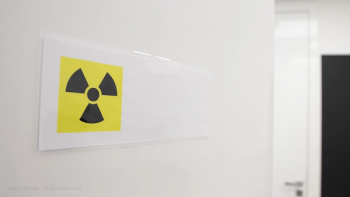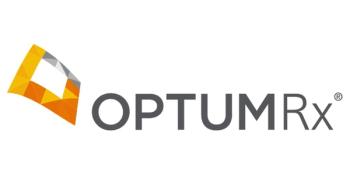
New blood test tool, app could help detect tuberculosis early in low-resource areas, according to new study in China
Key Takeaways
- A new tool using routine blood tests and an app aids early TB detection, especially in resource-limited areas.
- TB remains a leading global killer, with traditional tests being slow and costly, necessitating simpler detection methods.
A new blood test and app combination enhances tuberculosis screening in China, enabling early detection and cost-effective solutions in resource-limited areas.
It’s been discovered that a
TB remains a leading killer worldwide, claiming more lives than any other single infectious disease. Each year, millions of people develop the disease, but delayed diagnoses and uneven access to testing allow it to spread and worsen outcomes. According to the World Health Organization, a total of
In 2022,
Traditional TB tests, including sputum samples and bacterial cultures, can be slow and sometimes miss infections, according to the study published in BMC Infectious Disease in November. Newer molecular tests are expensive and need special equipment, making them hard to use in places with many TB cases.
To address this, researchers were looking for simple and accurate tools. In the study, one approach used routine blood tests and machine learning to spot those who might have TB. The team in China built an easy-to-use online app based on this method. The app helps doctors and public health workers find possible cases faster and at a lower cost, making early detection and TB control more practical in areas with limited resources.
Conducted from January 2022 to September 2024, researchers recruited participants from hospitals in Jiangsu Province, China, and divided them into TB-infected and TB-uninfected groups based on clinical symptoms, laboratory tests and imaging results. Healthy controls were carefully screened to rule out TB, other infections, immunodeficiency or chronic illnesses.
The study focused on routine blood tests, including counts of white and red blood cells, platelets and multiple inflammation-related ratios, because these measures are widely available, inexpensive and may reflect underlying infection. Using this data, researchers trained several machine learning models—including gradient boosting, random forest and logistic regression—to identify patterns distinguishing TB-positive patients from healthy controls. Techniques such as LASSO regression helped select the most informative features, while SHAP analyses made the models understandable for clinicians.
The team also evaluated how helpful the models would be in real clinical settings by using decision curve and calibration tests. They then turned the final model into an easy-to-use web tool. This tool lets doctors and public health workers enter simple blood test results to spot possible TB cases early, supporting better detection and control in areas with limited resources or high TB rates.
The researchers examined routine blood tests from more than 3,400 people to see whether simple lab values could help identify TB. After removing tests with too much missing data and filtering out major outliers, they divided the group into training, validation and testing sets. TB patients in the study tended to be slightly younger and more often male than those without TB. Their blood tests also showed clear patterns linked to infection.
It was found that those with TB had lower red blood cell counts and hemoglobin levels, which are signs of anemia. They also had higher platelet counts and lower lymphocyte counts. Several inflammation-related ratios, such as the neutrophil-to-lymphocyte ratio (NLR) and platelet-to-lymphocyte ratio (PLR), were much higher in the TB group.
Using these features, the team built the machine learning model and found that a gradient boosting machine (GBM) performed best. In testing, the model showed strong accuracy and was especially good at identifying people who were unlikely to have TB.
Researchers also used the SHAP (SHapley Additive exPlanations) analysis—used to explain the predictions of machine learning models into one prediction—to explain how different blood markers influenced the model’s predictions, with PLR emerging as one of the most important factors. It was ruled out, based on results, that routine blood tests, when paired with machine learning, could help support early TB screening.
Based on results and study design, a strength is that the model relies only on basic, low-cost lab values, making it practical for clinics with limited resources. The authors also used SHAP analysis to show which blood markers had the biggest impact on the model’s predictions, making the results easier for clinicians to understand.
However, the study has many limitations. For example, the study only used data from two hospitals and looked back at past records, so results might not apply to other or more diverse groups of people. The model also did not include patients with other lung diseases, which could affect accuracy.
The authors recommend testing the model in different regions and adding more comparison groups in future research.
Newsletter
Get the latest industry news, event updates, and more from Managed healthcare Executive.




















































